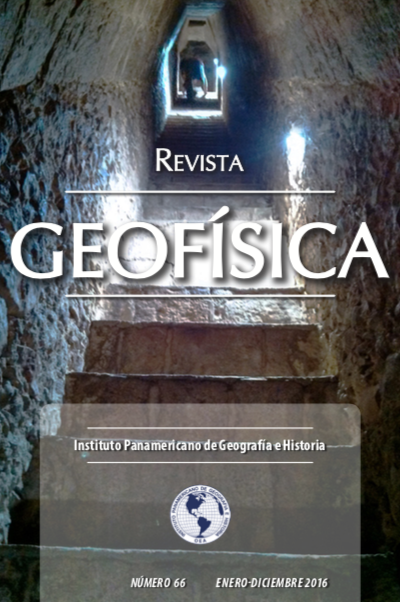El radar de penetración terrestre como una herramienta de geofísica somera, aplicado a la exploración arqueológica
Main Article Content
Abstract
In the case of remote sensing of archaeological sites, GPR is rapidly becoming the most versatile geophysical tool that can help reduce the need for archaeological excavations without a preamble rather than empirical knowledge. However, GPR data are not trivial and processing them properly or extracting the information needed to solve a problem is not always easy. Therefore, when using a qualitative interpretation, it becomes essential to integrate processes that give us results that contribute characteristics that can not be visible in an individual process, as is the case of time domain radargrams and their analysis trace (individually known as A-scans). In the present work, it is proposed to study the traces in the frequency domain and to identify contrasting and interesting details, taking into account the average behavior of the bandwidth in which the central frequency of the antenna used works.
Using the spectrograms that were used in this work, it was possible to know the behavior of a trace (previously selected) throughout its travel time, thanks to a sweep employed to the trace by means of the short transform of Fourier that was applied to it.
Downloads
Article Details
-
Abstract889
-
PDF (Español)2174

